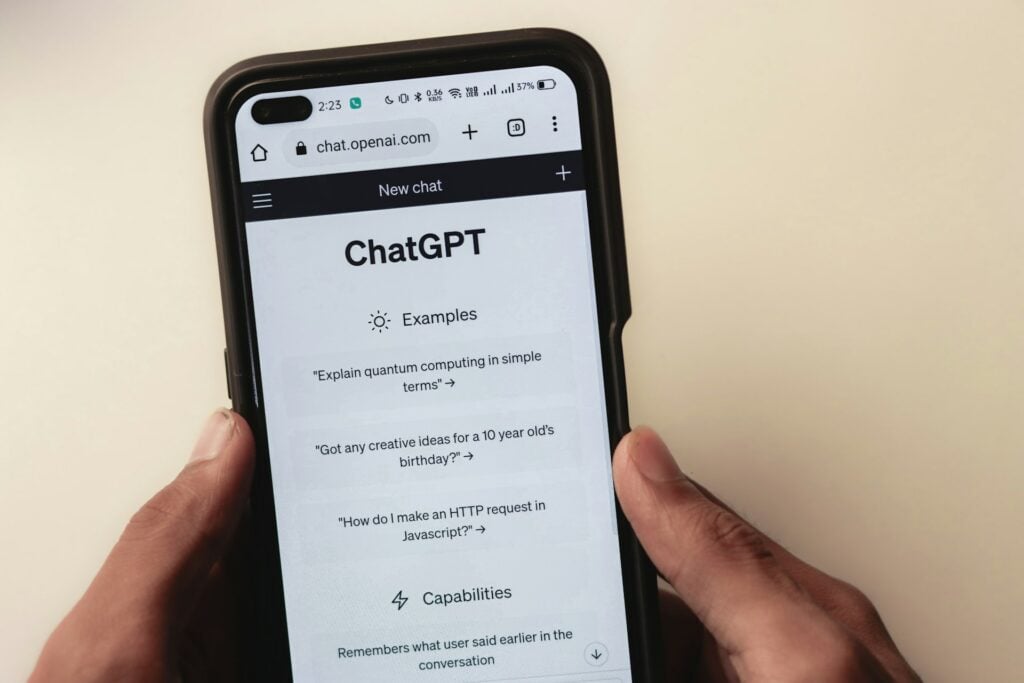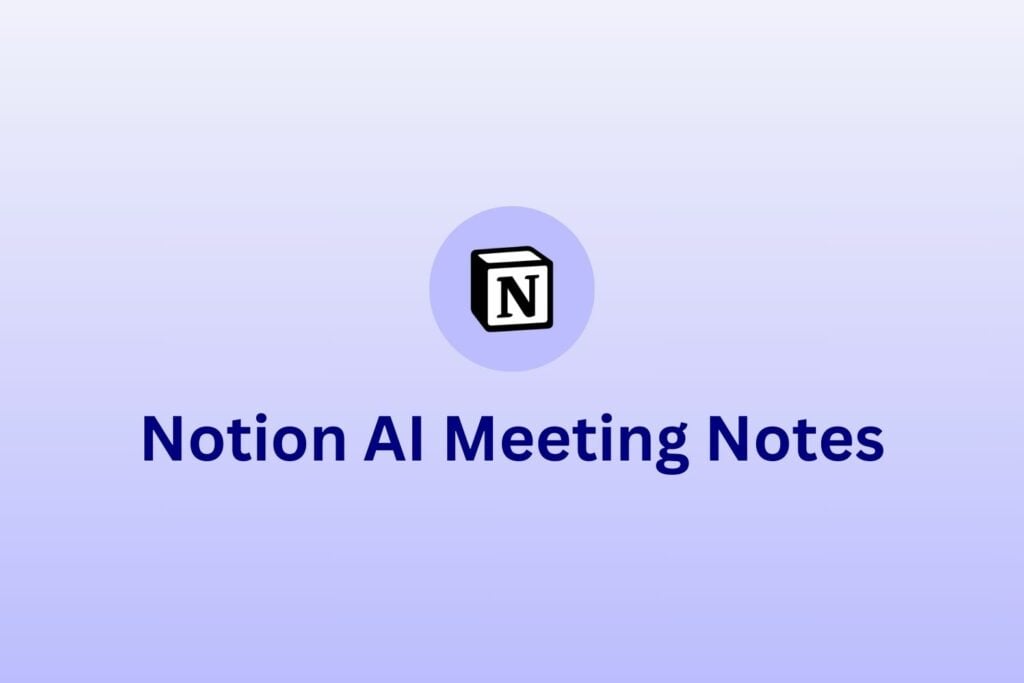When creating and updating your cold calling scripts, rather than just repeating the same old repetitive concepts within your strategy, why not try incorporating customer feedback directly into the script?
By integrating real-life feedback from those who matter most – the customers – your sales team can craft a conversation that resonates more personally and addresses specific needs or concerns. And with 82% of prospects accepting a call from a cold caller, it’s still a very important lead source for a lot of business
Using customer feedback into a cold call script, while not totally customer-centric, it does elevate the effectiveness of the cold call itself while also building empathy and understanding between your sales rep and the recipient. This means its far more likely that the conversation will continue more naturally and lead to a more successful outcome.
But how do you take that feedback and put it into your cold-calling script?
The Importance of Customer Feedback in Sales Scripts
When your script reflects the concerns, preferences, and feedback of your audience, it shows you’re listening. This relevance encourages potential customers to stay on the line, engage with the conversation, and feel valued. In turn, this engagement leads to higher satisfaction rates because customers see that their input directly influences your approach.
Simply put, when you speak their language, based on their feedback, they’re more likely to listen and respond positively.
However, not adopting a customer-led approach in your cold calling scripts can lead to several missed opportunities and challenges for your sales team.
Here’s what you should be trying to avoid:
Avoiding Reduced Engagement
Without taking into account customer feedback, your cold call scripts may come across as generic, impersonal, robotic, or totally irrelevant to the recipient’s specific needs and concerns. This lack of personalization can lead to a reduction in engagement, making possible customers more likely to end the call quickly or totally disengage from the conversation.
Preventing Lower Conversion Rates
Scripts that do not take into account the specific interests or pain points of the audience are usually less effective at capturing attention and building interest. They are often caused by adopting a product-centric sales approach, and this can result in lower conversion rates, as potential customers do not see the value or relevance of what is being offered in relation to their own situation.
Stopping Decreased Customer Satisfaction
When calls feel scripted, disconnected from a customer’s reality, or just a plain bad sales call, it can lead to frustration and a negative perception of your brand. This dissatisfaction can harm your company’s reputation over time, as unhappy customers may share their experiences with others or choose not to do business with you in the future.
Curbing Increased Rejection
Calls that fail to resonate with potential customers are more likely to be met with rejection. People are bombarded with sales pitches daily and have become experts at quickly dismissing calls that do not immediately appear to offer value or relevance to their lives.
Not Wasting Resources
Persisting with a non-customer-led approach can lead to a significant waste of time and resources. Sales teams may spend hours making calls that yield very little return, affecting morale and diverting resources away from more productive activities.
Blocking Business Stagnation and Lack of Innovation
Failing to listen to and incorporate customer feedback can also lead to a stagnation in your sales strategies. When it comes to any kind of sales, continuous improvement and adaptation are key to staying competitive. Ignoring customer insights can leave you behind as competitors who are more attuned to their customer’s evolving needs forge ahead.
How To Collect Customer Feedback
To collect customer feedback effectively, consider employing a variety of methods, each tailored to capture different types of insights and engagement levels. By integrating these approaches, you can gather the comprehensive feedback needed to refine your sales strategies and scripts.
Surveys
Surveys offer a direct way to solicit customer feedback for sales improvement. To maximize response rates and gather meaningful data, design your surveys with brevity and focus in mind. Incorporate a combination of multiple-choice questions for straightforward analysis and open-ended questions to capture more nuanced insights. Analyzing survey results, especially comments related to customer engagement metrics, can reveal valuable trends and specific feedback for enhancing your cold call scripts.
One great resource for creating easy-to-use surveys is SurveyMonkey.
Using tl;dv
The tl;dv platform allows the recording of calls across sales and Customer Success teams, creating a rich library of real customer interactions. Reviewing these recordings can provide clear insights into what resonates with customers and where there might be room for improvement in your scripts. Identifying moments of high engagement or confusion can help tailor your approach, making it more personalized and effective. There is also the AI search function that allows you to ask questions such as “What are customer’s main pain points?” or “Are there any phrases that really encouraged engagement from the prospect?”. By effectively interviewing your entire customer database it makes it easier to include words and phrases to engage potential customers.
Follow-Up Calls
Follow-up calls serve as an excellent avenue for in-depth feedback collection. Best practices here include asking open-ended questions that encourage detailed responses and focusing on the customer’s experience to understand their level of satisfaction. These conversations can offer deep insights, directly impacting the refinement of your scripts towards more personalized sales tactics.
Another thing to note is that follow-up calls are one of the most powerful tools for a sales team because they are so under-used. There is a range of statistics, but the consensus is that it takes about 5 communication touchpoints for a prospect to say yes, and many sales reps give up after a single follow-up.
Social Media Listening
Monitoring social media feedback is crucial for tapping into unfiltered customer opinions and trends. Listening to what customers say about your brand, products, or services on these platforms can provide a broad view of customer sentiment and engagement. This type of feedback can be instrumental in adjusting your sales approach, incorporating the best cold call script practices, and enhancing overall customer engagement metrics.
There are many tools that can be used for social listening such as Sprout Social, or MeltWater.
How To Implement and Test Call Script Changes
Once you’ve gathered and segmented that customer feedback, the next step is looking at it analyzing what works, and what doesn’t. A customer won’t tell you directly that your rep’s introduction was too long, but the data will usually reveal it. By being meticulous in your analysis and identifying patterns within the feedback, you can start to make informed changes to your cold-calling scripts.
Here’s a structured approach to refining your scripts based on the feedback collected:
Step 1: Compile and Analyze Feedback
Gather all the feedback you’ve collected through surveys, call recordings, follow-up calls, and social media listening. Look for common themes, such as particular points of confusion or aspects that consistently receive positive remarks. Use tools and speak to colleagues to quantify feedback from social media and open-ended survey responses.
Step 2: Identify Areas for Script Modification
Based on your analysis, pinpoint specific sections of your script that need adjustment. This might involve shortening lengthy introductions, clarifying product benefits, or altering language to be more in line with the terms your customers use. Prioritize changes that could have the most significant impact on engagement and conversion rates.
Step 3: Rewrite and Personalize
Update your scripts with a focus on personalization and addressing customer needs directly. Incorporate language that reflects your understanding of their challenges and how your product or service provides a solution. Ensure that the script feels natural and allows for flexibility, so reps can adjust their approach based on the conversation flow.
Step 4: Implement A/B Testing
Introduce the revised scripts to your sales team, but don’t roll out changes all at once. Instead, use A/B testing by assigning the updated script to a portion of your team and comparing their performance against those using the original version. Monitor key metrics such as call duration, conversion rate, and customer feedback to gauge the effectiveness of the revised script. If you want some more ideas on how to do A/B testing, check out our article on optimizing your sales call scripts using A/B testing.
Step 5: Refine and Iterate
Use the insights gained from A/B testing to make further adjustments to your scripts. This process of continuous refinement helps ensure your cold-calling strategy remains dynamic and responsive to customer preferences and market changes. Encourage your sales team to provide feedback on the script’s effectiveness and suggest areas for improvement based on their direct experiences with prospects.
Step 6: Train and Support Your Team
Ensure your sales team is fully trained on any script changes and understands the rationale behind them. Provide ongoing support as they adapt to the new script, and encourage a culture of openness where reps feel comfortable sharing their experiences and insights from using the revised scripts.
Examples Of How You Can Use Insight To Amend Cold Calling Scripts
Understanding the theory of how to adjust sales scripts is one thing, but seeing how it translates into action can provide the clarity needed to apply these concepts effectively. Here are some hypothetical examples of how specific types of feedback can lead to changes in cold-calling scripts.
Example 1: Addressing Product Misunderstandings
Feedback Received: Through surveys and insights derived from calls, customers express confusion over the pricing structure of the product, feeling unsure about what is included in the base package versus add-ons.
Script Before Feedback: “Our product comes with a wide range of features designed to meet all your needs, with additional options available to add on.”
Script After Integrating Feedback: “The base package of our product includes [the following features], which will match what you’ve mentioned about x, y and z. If you were looking to expand functionality, we offer [describe add-ons], allowing you to customize the solution to your specific requirements. Let’s explore what fits your situation best.”
This adjusted script directly addresses the confusion by clearly differentiating between the base package and add-ons, this prevents any initial confusion that may have happened.
Example 2: Highlighting Underappreciated Benefits
Feedback Received: During follow-up calls, a pattern emerges where customers are pleasantly surprised by how easy the software is to integrate with their existing systems, a benefit they hadn’t anticipated based on initial calls.
Script Before Feedback: “Our software is powerful and feature-rich, offering you all the tools you need to succeed.”
Script After Integrating Feedback: “Not only is our software packed with powerful features, but it’s also designed for easy integration with your existing systems, making the transition seamless and straightforward. Many of our clients are surprised and delighted by how simple it is to get up and running.”
Using this feedback in your script would emphasize a benefit that resonates with customers but was previously under-communicated, potentially increasing interest and reducing hesitation among prospective buyers.
Example 3: Overcoming Common Objections
Feedback Received: Call recordings and sales rep notes reveal that a common objection is a concern over the time required to learn a new system.
Script Before Feedback: “Once you start using our system, you’ll see a world of difference in how your operations run.”
Script After Integrating Feedback: “We understand that learning a new system can seem daunting. That’s why our system is designed with a user-friendly interface and comes with comprehensive support and training materials. Most users find they’re up and running much faster than expected, making the transition smoother than you might think.”
This tweak preempts a common objection by acknowledging it and offering reassurance directly in the script, helping to build trust and lower barriers to acceptance.
Elevating Cold Calling Through Customer Insights
Integrating customer feedback into cold calling scripts is not just a one-time task but an ongoing journey towards creating more personalized and effective sales conversations.
By regularly collecting, analyzing, and implementing customer insights, sales managers and leaders can create scripts that directly address actual customer concerns and raise the success of their cold-calling efforts.
This process ensures that your sales strategies remain dynamic, responsive, and most importantly, customer-focused. The better the quality of the sales call, the easier the client is to keep happy.
Download tl;dv today to start capturing invaluable insights from your sales and customer success calls. Being able to have that complete insight, AI functionality and the opportunity to work collaboratively will allow your really enhance your cold-calling scripts, ensuring your team always stays ahead of the curve.








